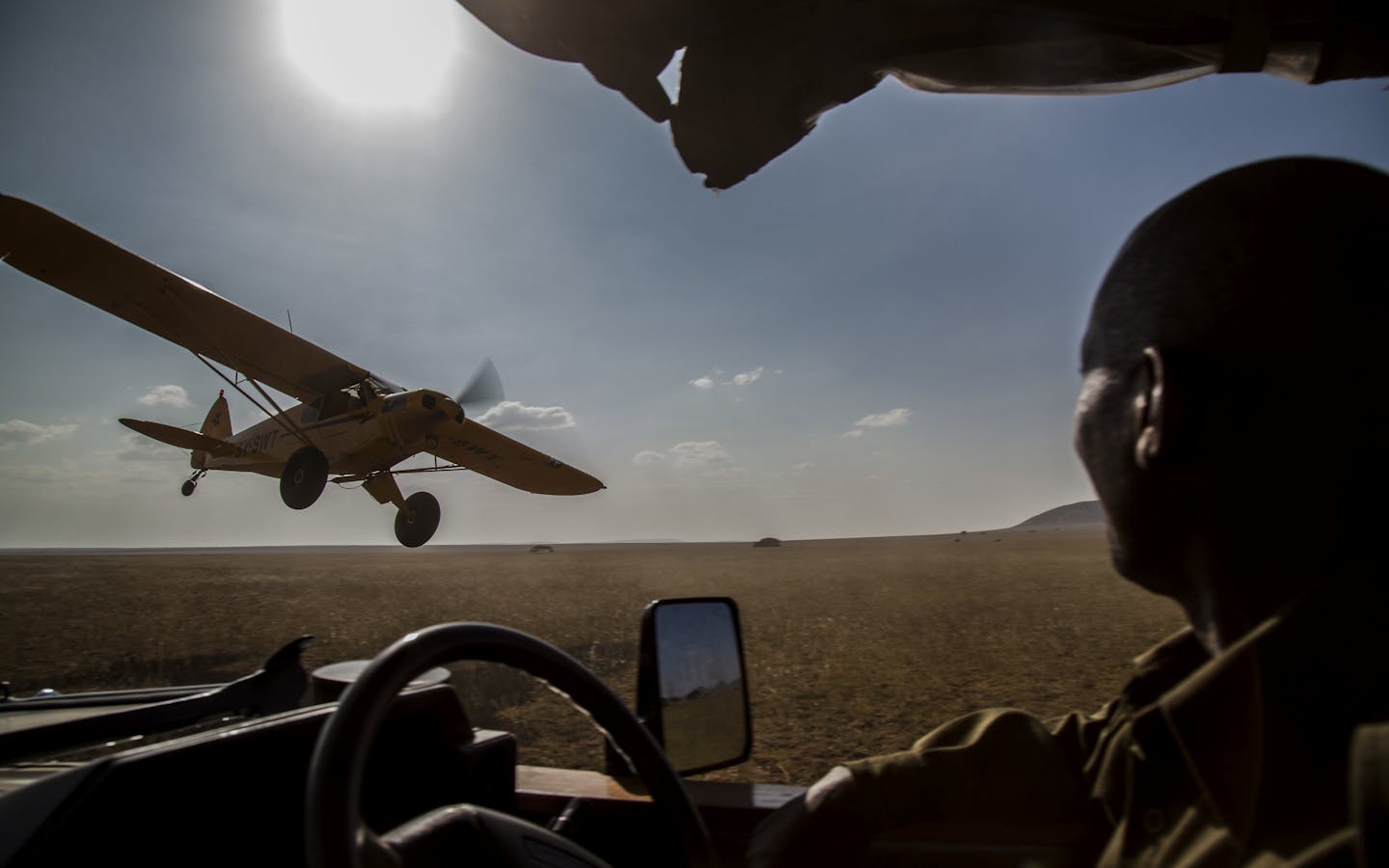Reducing those emissions could have a significant impact on curbing climate change, but there's a catch: Emissions from international flights can't be attributed to a single country — meaning they can't be regulated in the same way as countries, such as through mechanisms including the Paris Agreement.
Emissions from international aviation are governed by the United Nations International Civil Aviation Organization (ICAO). Under ICAO, countries have agreed to cap emissions from global aviation at 2020 levels, requiring airlines to use more efficient aircraft, better operational practices and alternative jet fuels. However, even with these improvements, a large emissions gap will remain before the sector can reach its goal of delivering “carbon neutral growth from 2020.”
To meet these climate targets, the industry will have to look in part to carbon offsets, including through forest carbon offsets known as REDD+.
Carbon accountability through CORSIA
Airlines can use credits from one of the seven greenhouse gas programs approved as immediately eligible under CORSIA.
In October 2016, participating countries in ICAO established the Carbon Offsetting and Reduction Scheme for International Aviation (CORSIA), a market-based measure designed to help the aviation industry achieve its climate change targets.
In March 2020, ICAO approved the first set of greenhouse gas programs that are deemed eligible for airlines to purchase in meeting their climate goals, several of which include nature-based solutions. This means that the international civil aviation industry created the first global market to accept nature-based credits. In a follow up decision in November 2020, ICAO approved two REDD+ greenhouse programs now eligible under CORSIA.
Starting in January 2021, airlines flying between countries that signed up for the voluntary phase of CORSIA (2021-2023) are required to reduce emissions from international flights that exceed their 2019 emission levels. Since airline travel has nosedived during the pandemic — reducing the industry’s 2020 emissions levels to far-below where it was in 2019 — demand for offsets will be low in the short-term and increase when the airline industry recovers. With each subsequent three-year phase of CORSIA, additional countries will be required to participate as they meet the minimum threshold for international emissions.
REDD+: Carbon offsets that benefit forests, communities
REDD+ can provide airlines with high-quality emission reductions to meet their climate goals while simultaneously protecting biodiversity, supporting local communities and ensuring that vital ecosystem functions remain intact. REDD+ can support developing countries in making a transition to low-emissions rural development and meeting their sustainable development goals.
One option to reduce emissions from deforestation — and provide significant social and environmental benefits — is REDD+ (Reducing Emissions from Deforestation and forest Degradation).
Developed under the U.N. Framework Convention on Climate Change, REDD+ creates an incentive for protecting, conserving and restoring forest ecosystems in developing countries by valuing their carbon sequestration, storage and other services.
Halting tropical deforestation and allowing forests and other carbon-rich ecosystems to regrow can provide at least 30 percent or more of the emissions reductions and carbon sequestration needed to limit warming to below 2° Celsius and also provide important adaptation benefits.
One in four people depend directly on forests for their livelihoods.
As many as 120 prescription drugs worldwide derive directly from plants found in forests.
Deforestation accounts for 11 percent of human-caused greenhouse gas emissions.
Further reading

Public Comment on ICAO Emissions Unit Programme Review - May 2022

Public Comment on ICAO Emissions Unit Programme Review - April 2022
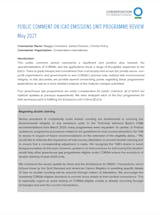
Public Comment on ICAO Emissions Unit Programme Review - May 2021
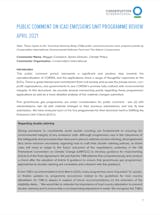
Public Comment on ICAO Emissions Unit Programme Review - April 2021
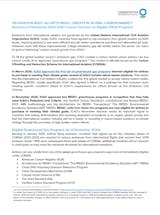
November 2020 Outcome
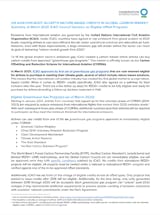
March 2020 Outcome

Linking Forests and Flights: Why forests are essential to global aviation's response to climate change (October 2020)
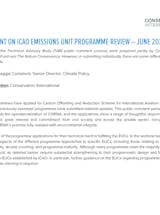
2020 Public Comment on ICAO Emissions Unit Program Review
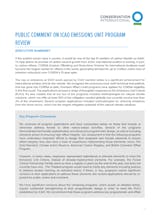
2019 Public Comment on ICAO Emissions Unit Program Review
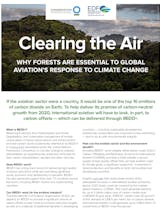
Clearing the Air: Why forests are essential to global aviation's response to climate change

Linking Flight and Forests: The essential role of forests in supporting global aviation's response to climate change (2017)
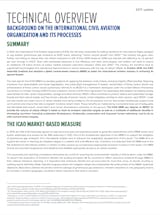
Technical Overview: Background on the International Civil Aviation Organization and its processes
The REDD+ Project in the Alto Mayo Region of Peru produces carbon credits that provide local communities with essential funding for forest management, access to improved social services, and direct technical assistance aimed at improving ecological health and crop yields. Since 2008, the Alto Mayo REDD+ project has generated over 8.4 million metric tons of emissions reductions — the equivalent of taking nearly 150,000 cars off the road each year.
In Kenya, revenue generated through the purchase of carbon offsets support the enhanced protection of the Chyulu Hills, include the recruiting and training of local rangers, the construction of new ranger stations, bolstering communication and monitoring equipment and supporting local income-generating activities that promote conservation like ecotourism and tree nurseries. Through these activities, the Chyulu Hills Project will prevent an estimated 18 million tons of carbon dioxide over the next 30 years.
In addition to delivering verified emission reductions, these REDD+ programs have also helped protect the unique biodiversity of these areas.
» More on Alto Mayo and Chyulu Hills
